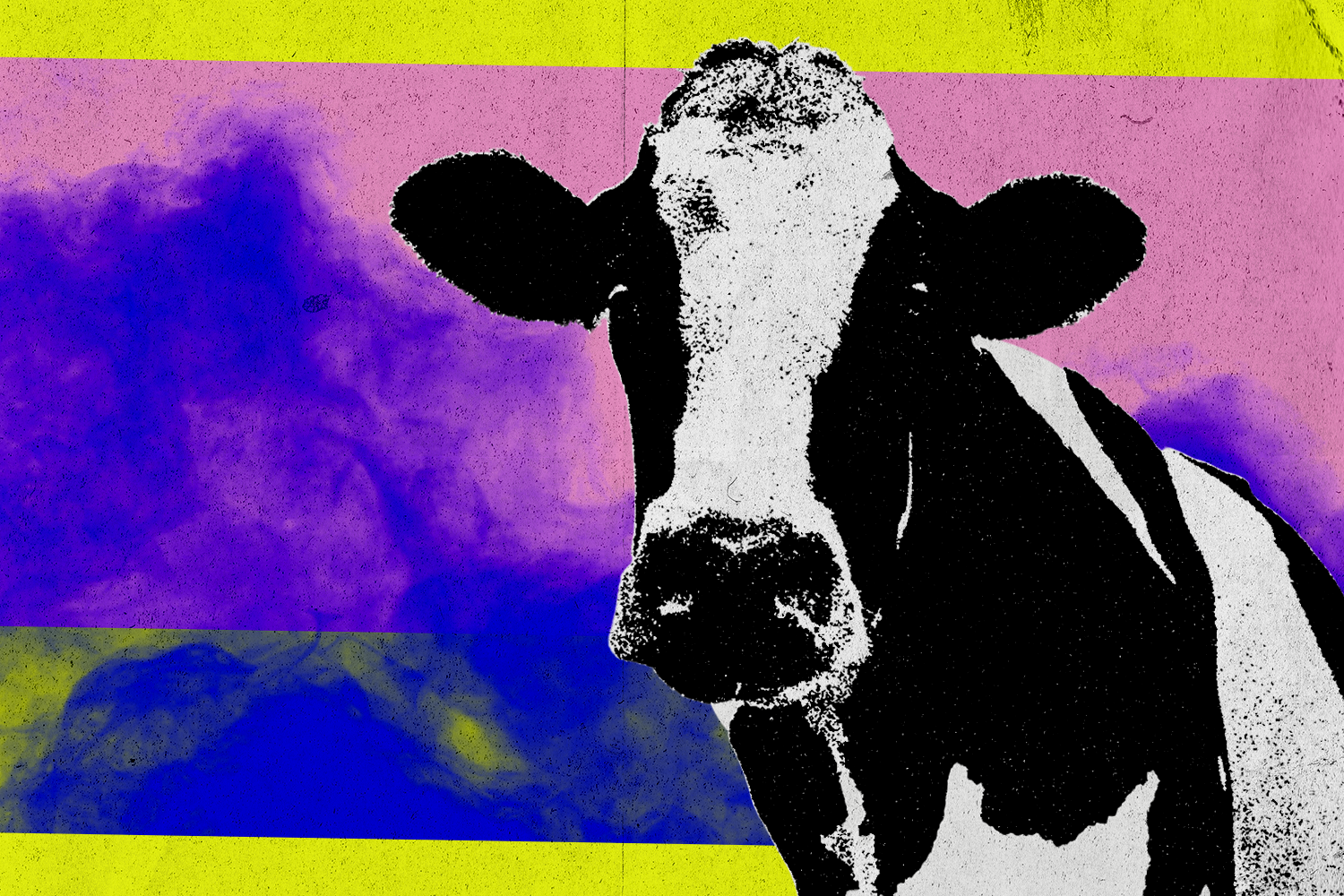Methane-free cows won’t make beef ‘green’
Big Beef is betting on nixing methane, but it’s hardly that simple.

Sign up and save the world
The one5c newsletter delivers our best tips right to your inbox
Cows are a heavyweight in the climate conversation. The livestock industry makes up almost 15% of the world’s greenhouse gas emissions, two-thirds of which comes from bovines raised for beef and dairy……

